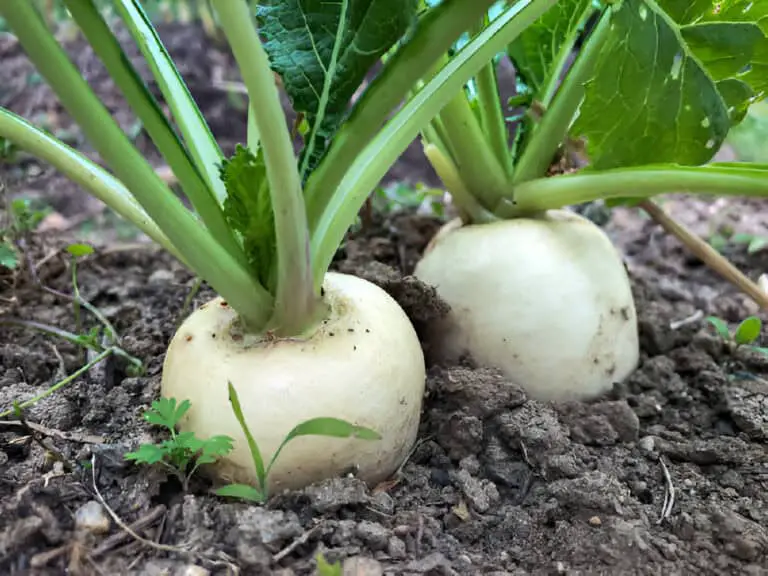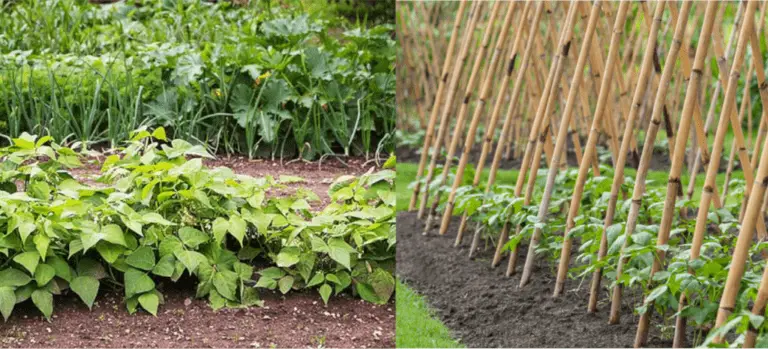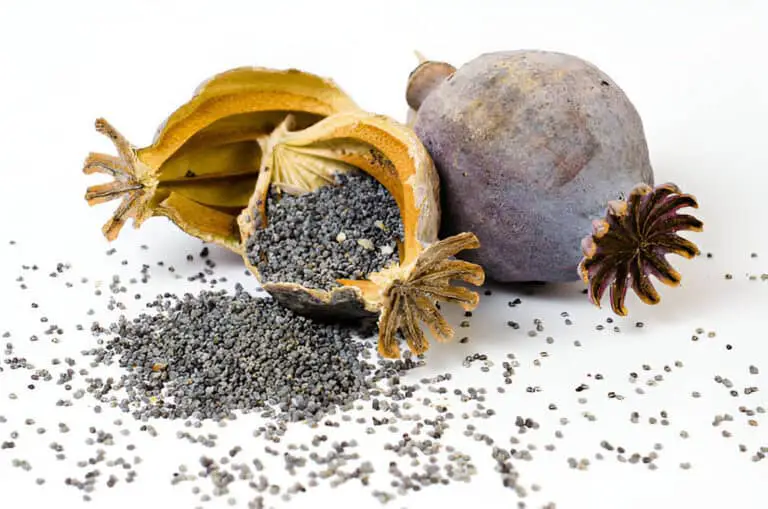Crop Farming vs. Livestock Farming: What Is the Difference?
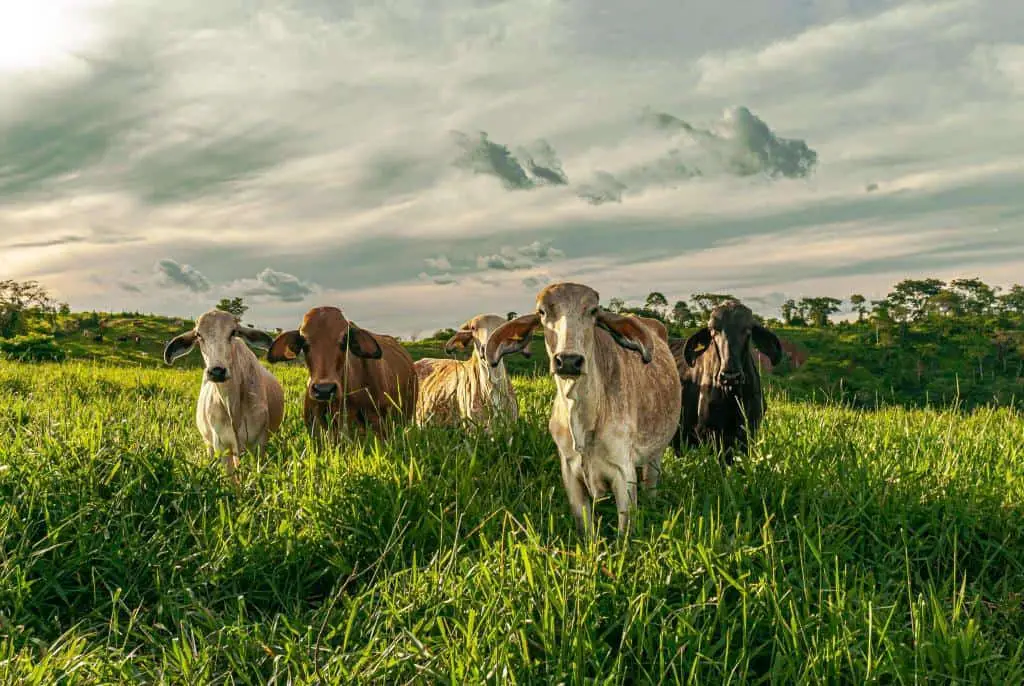
When it comes to agriculture, two primary branches dominate the industry: crop farming and livestock farming. Both play a crucial role in providing us with food and other essential resources. However, these two farming practices have distinct differences that set them apart.
In this article, we will explore the differences between crop farming and livestock farming, their farming practices, environmental impacts, economic factors, nutritional considerations, social and ethical factors, global perspectives, and future challenges and opportunities.
So, let’s dive in and understand the contrasting aspects of these agricultural practices.
Crop Farming: Feeding the World’s Growing Population
Crop farming, also known as arable farming, involves cultivating plants on a large scale for food, fiber, and fuel production. It is primarily focused on growing crops such as grains, fruits, vegetables, and oilseeds. Crop farmers work with the land, carefully selecting suitable crops and employing various agricultural techniques to ensure optimal yield and quality.
Key Aspects of Crop Farming
Here are some key aspects of crop farming:
- Crop Selection: Crop farmers consider several factors, including soil fertility, climate, and market demand, to choose the most suitable crops for their specific region.
- Land Preparation: Before planting, the land is prepared through plowing, leveling, and removing weeds to create an ideal environment for crop growth.
- Planting and Cultivation: Crops are sown or planted using techniques like direct seeding or transplanting. Farmers then engage in regular practices like watering, fertilizing, and pest control to ensure healthy growth.
- Harvesting: When the crops reach maturity, they are harvested using various methods, such as manual harvesting or mechanized techniques like combine harvesters.
- Storage and Distribution: After harvest, crops are stored in appropriate facilities to maintain their quality. They are then distributed to markets or processed into different products.
Crop farming is vital for feeding the world’s growing population. It provides us with staples like rice, wheat, and corn, which form the foundation of many diets worldwide. Additionally, it contributes to the production of fruits, vegetables, and other dietary essentials, making it a crucial component of global food security.
Livestock Farming: Providing Animal-Based Products
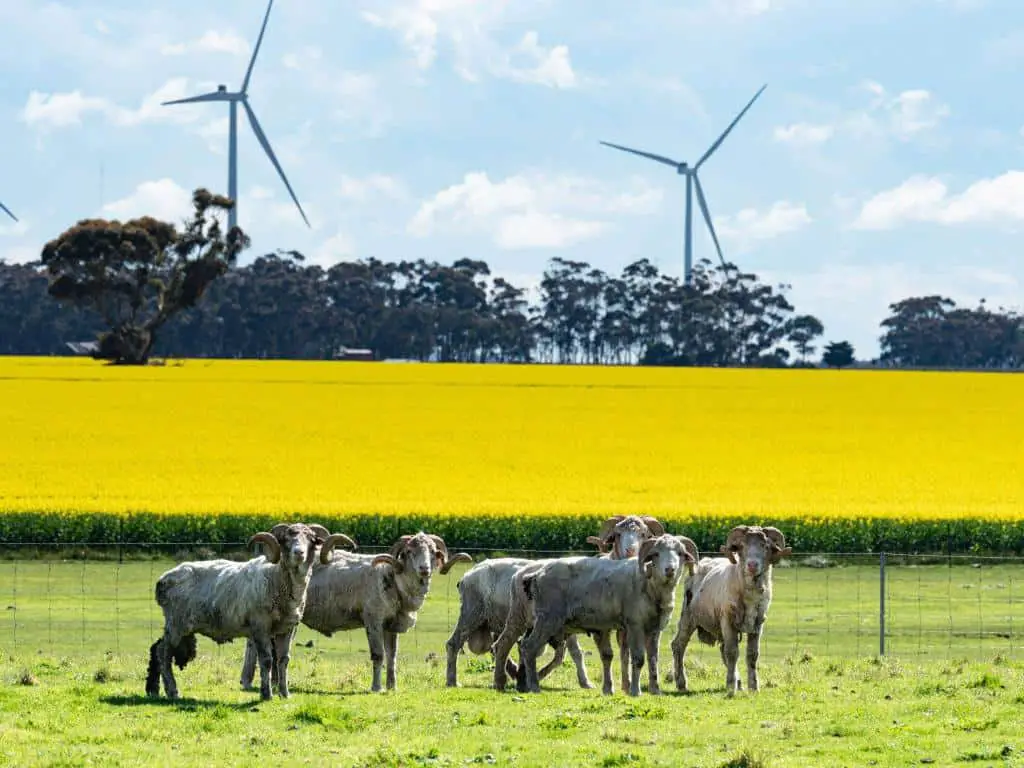
While crop farming focuses on plant cultivation, livestock farming centers around raising animals for various purposes. Livestock farmers work with animals such as cattle, sheep, pigs, poultry, and fish to produce meat, dairy products, eggs, and other animal-based commodities.
Key Aspects of Livestock Farming
Here are some key aspects of livestock farming:
- Animal Selection: Livestock farmers carefully choose the type of animals they want to raise based on factors like market demand, climate suitability, and available resources.
- Animal Husbandry: Livestock farmers provide appropriate care, nutrition, and healthcare to ensure the well-being of their animals. In animal husbandry, farmers’ aims are providing shelter, feed, water, and veterinary services.
- Breeding and Reproduction: Livestock farmers manage the breeding process to maintain desirable traits in their animals and improve the overall quality of their herds or flocks.
- Animal Management: Regular tasks such as feeding, milking, shearing, and vaccination are performed to maintain the health and productivity of the animals.
- Processing and Distribution: Once the animals reach the appropriate stage, they are processed into meat, dairy products, eggs, or other animal-based products. These products are then distributed to consumers through various channels.
Livestock farming is essential for meeting the demand for animal-based products. It plays a significant role in providing protein-rich food sources, such as meat and dairy, which contribute to a balanced diet.
Livestock farming also contributes to other industries, such as leather production and fertilizer manufacturing, by utilizing by-products from animal processing.
Read: Mixed Crop Livestock
Comparing Crop Farming and Livestock Farming
Now that we have explored the fundamental aspects of crop farming and livestock farming individually, let’s compare them side by side to understand their differences more comprehensively.
| Aspects | Crop Farming | Livestock Farming |
| Main focus | Cultivating crops | Raising animals |
| Primary products | Grains, fruits, vegetables, oilseeds | Meat, dairy products, eggs |
| Input requirements | Land, water, seeds, fertilizers, pesticides | Land, animal feed, water, veterinary services |
| Crop cycle | Annual or seasonal | Continuous |
| Environmental impact | Water usage, soil erosion, pesticide usage | Greenhouse gas emissions, land usage |
| Labor requirements | Seasonal labor during planting and harvesting | Daily care and management |
| Risk factors | Crop diseases, pests, weather conditions | Animal diseases, market fluctuations |
| Economic value | Depends on market demand and crop yield | Depends on market demand and animal productivity |
| Sustainability | Crop rotation, organic farming practices | Animal welfare, waste management |
Crop farming and livestock farming both have their unique contributions and challenges. Crop farming focuses on cultivating crops to meet the growing demand for food, while livestock farming specializes in raising animals for meat, dairy, and other animal-based products. Each practice requires different inputs, faces distinct risks, and has varying environmental impacts.
Weather conditions have a big impact on crop farming, and there are problems like crop diseases and pests. However, sustainable practices like crop rotation and organic farming help minimize environmental impacts and maintain soil fertility. The economic value of crop farming depends on factors like market demand and crop yield.
On the other hand, livestock farming involves ongoing care and management of animals, including feeding, breeding, and healthcare. It contributes to the production of meat, dairy products, and eggs, which are essential components of many diets.
Livestock farming has environmental concerns related to greenhouse gas emissions and land usage. Animal welfare and waste management are critical aspects of sustainable livestock farming.
The Synergy of Crop Farming and Livestock Farming
While crop farming and livestock farming have their distinctions, they are not mutually exclusive. In fact, there is often a synergistic relationship between the two practices. Many farmers engage in integrated farming systems, combining crop production with livestock rearing to maximize efficiency and sustainability.
Benefits of Integrated Farming Systems
- Nutrient Cycling: Livestock can contribute to the fertility of crop fields through manure application, reducing the need for synthetic fertilizers.
- Diversification and Risk Management: Integrating crops and livestock can help farmers diversify their income streams and mitigate risks associated with market fluctuations or climatic uncertainties.
- Resource Optimization: By utilizing crop residues as animal feed and integrating grazing systems, farmers can optimize land and resource utilization.
- Sustainable Waste Management: Animal waste can be recycled as organic fertilizer, reducing environmental pollution and improving soil health.
- Circular Economy: Integrated farming systems promote a circular economy approach, where resources are efficiently utilized, minimizing waste and maximizing productivity.
These integrated farming systems not only enhance farm productivity but also contribute to environmental sustainability by reducing reliance on external inputs and minimizing waste generation.
They showcase the interconnectedness of crop farming and livestock farming, highlighting the potential for harmonious coexistence.
Is Livestock Farming More Profitable than Crop Farming?
When it comes to the profitability of livestock farming vs. crop farming, various factors come into play that shape the economic outcomes of these agricultural practices. While it is challenging to make a blanket statement declaring one method as universally more profitable than the other, it is important to delve into the intricacies and consider key elements that influence profitability in each domain.
In livestock farming, profitability hinges on several crucial aspects. First and foremost, there is market demand for livestock products. Consumer preferences, dietary habits, and cultural factors heavily impact the demand for meat, dairy, and other animal-derived products. Understanding and catering to these market dynamics can significantly affect the profitability of livestock farming operations.
Additionally, production efficiency plays a vital role in determining profitability. Livestock farmers must optimize factors such as feed quality, animal health, genetics, and reproduction rates to maximize output while minimizing input costs. By carefully managing these variables, farmers can increase productivity and profitability in their livestock operations.
Moreover, the cost of animal feed plays a significant role in profitability. The price and availability of animal feed, such as grains, forages, and concentrates, directly impact the cost of raising livestock. Fluctuations in feed prices can affect profitability, particularly when feed costs rise significantly. Efficient feed management practices, exploring alternative feed sources, and cultivating feed crops on-farm can help mitigate these costs and improve profitability.
On the other hand, crop farming also faces its own set of economic considerations. Crop farmers need to carefully analyze market trends and demand for specific crops. Factors such as international trade policies, weather conditions, and global supply and demand dynamics can influence crop prices, impacting the profitability of crop farming.
Crop yields and production costs are critical factors that determine profitability. Farmers strive to maximize yields through proper soil management, seed selection, pest control, and irrigation practices. However, higher yields do not always translate directly into increased profitability, as production costs must also be taken into account. Expenses associated with seeds, fertilizers, machinery, labor, and land rental can significantly impact the overall profitability of crop farming.
It is important to note that profitability in both livestock farming and crop farming can vary depending on the scale of operations. Small-scale farmers may have different profit margins compared to large commercial operations due to differences in market access, economies of scale, and production efficiencies.
Factors to Consider: Choosing Between Crop Farming and Livestock Farming
When deciding between crop farming and livestock farming, several key factors come into play. Each farming practice has its own unique characteristics, requirements, and considerations. Let’s delve deeper into the key factors that farmers need to consider when making this important choice.
1. Personal Interests and Skills
One of the primary factors to consider is your personal interests and skills. Reflecting on your passion and aptitude for either working with plants or raising animals can help guide your decision. Are you more drawn to the nurturing and growth of crops, or do you have a natural affinity for caring for animals? Evaluating your strengths and inclinations can set you on a path that aligns with your interests and maximizes your potential for success.
2. Available Resources
The availability of resources, both natural and man-made, plays a significant role in determining the feasibility of crop farming or livestock farming. Consider the land you have access to—its size, fertility, and suitability for either practice. Crop farming requires arable land with proper soil composition and access to water sources. In contrast, livestock farming necessitates adequate pasture or housing facilities and a dependable water supply.
Other resources to take into account include financial capital, labor availability, and equipment. Crop farming often requires upfront investments in seeds, fertilizers, and machinery, while livestock farming involves expenses related to animal acquisition, housing, and feed. Assessing your access to these resources will help you determine which farming practice is more viable for your circumstances.
3. Market Demand and Profitability
Understanding market demand and the potential profitability of your chosen farming practice is crucial for long-term success. Research the current and projected market trends for both crops and animal-based products. Analyze factors such as consumer preferences, market saturation, and potential competition.
Crop farmers must assess the demand for specific crops in their region and determine whether they can secure stable markets or value-added opportunities. Livestock farmers need to evaluate the demand for meat, dairy, or other animal products and identify potential niche markets or direct sales channels.
Furthermore, consider the profitability of each farming practice. Analyze the production costs, expected yields or animal productivity, and the potential return on investment. Evaluating the market demand and profitability prospects will help you make an informed decision that aligns with your financial goals.
4. Environmental Impact and Sustainability
In an era of increasing environmental concerns, evaluating the impact of your farming practice on the environment is essential. Crop farming and livestock farming have different environmental implications, and considering sustainability is crucial.
Crop farming can have an impact on soil health, water usage, and pesticide application. Farmers must adopt sustainable practices such as crop rotation, precision agriculture, and integrated pest management to minimize these effects. By utilizing cover crops, reducing chemical inputs, and implementing conservation techniques, crop farmers can contribute to soil conservation and biodiversity preservation.
Livestock farming, on the other hand, is associated with greenhouse gas emissions, water pollution, and land usage. Sustainable livestock farming focuses on animal welfare, efficient feed utilization, and proper waste management. Practices like rotational grazing, waste recycling, and energy-efficient facilities help mitigate the environmental impact of livestock farming.
Assessing the environmental implications of both farming practices and understanding the potential to adopt sustainable methods will enable you to make environmentally conscious choices that promote long-term sustainability.
5. Risk Factors and Resilience
All farming practices entail a certain level of risk, and it is crucial to evaluate the associated challenges and develop resilience strategies. Crop farming is vulnerable to factors like unpredictable weather patterns, crop diseases, and market volatility. Livestock farming faces risks related to animal health, feed availability, and fluctuating market prices.
Understanding the risks specific to each farming practice and developing contingency plans to mitigate them is vital. Crop farmers can diversify their crop portfolio, implement crop insurance, and adopt climate-smart agricultural techniques to enhance resilience. Livestock farmers can focus on animal health management, maintain a diverse herd or flock, and establish strategic partnerships with feed suppliers to reduce risks.
Additionally, consider your ability to adapt to unforeseen circumstances. Are you prepared to handle potential crop failures or disease outbreaks? Can you manage fluctuations in feed costs or market demands for animal-based products? Building resilience and being proactive in risk management will help navigate the challenges and ensure the sustainability of your chosen farming practice.
6. Lifestyle and Personal Considerations
Finally, it is essential to consider how each farming practice aligns with your desired lifestyle and personal considerations. Both crop farming and livestock farming require dedication, hard work, and long hours. However, they differ in terms of daily tasks, seasonality, and flexibility.
Crop farmers typically experience more seasonal fluctuations, with intensive work during planting and harvesting seasons. In contrast, livestock farmers have daily responsibilities, including feeding, animal care, and milking or shearing, which may offer a more consistent workload throughout the year.
Consider your lifestyle preferences, family commitments, and desired work-life balance. Reflect on the physical demands, time commitment, and the overall lifestyle that each farming practice entails. Understanding how each aligns with your personal considerations will help you choose a farming path that suits your needs and enhances your overall well-being.




